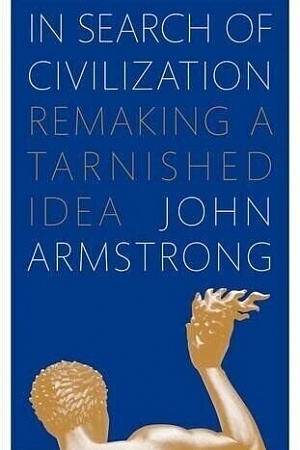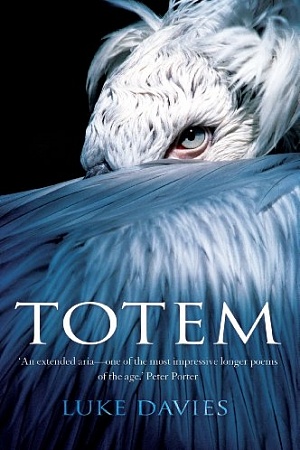Divided Nation: Indigenous Affairs and the Imagined Public
MUP, $27.95 pb, 240 pp
Surveying the Polls
Our lives are awash with opinion polls. The daily newspapers, television, radio, and internet poll people on just about every subject. The survey of public opinion has become, since the 1940s, a pervasive feature of everyday life, and is now central to the political process. Sophisticated, large-scale polling of attitudes at the national level – such as the National Social Science Survey, the Australian Election Study, Australian Survey of Social Attitudes and the World Values Survey – is increasingly reported on in the newspapers, with the more complex analyses of these findings left to academic journal articles and books. Alongside regular national polling on issues and leaders by AGBMcNair, Irving Saulwick and Associates, ACNeilson, Roy Morgan Research and Newspoll, political parties commission their own secret internal polling and focus group studies in order to tailor their message to their audience. In this federal election year, we hear clear echoes of this as the ALP leadership repeatedly drops in the key words ‘clever’ and ‘even cunning’ whenever they mention John Howard.
In their new book, Divided Nation? Indigenous affairs and the imagined public, Murray Goot and Tim Rowse study opinion polling on Aboriginal issues. They address two key questions: ‘how has Australian “public opinion” on Indigenous issues been represented and what part have those representations played in the political process?’ They are sceptical about the very notion of ‘public opinion’. Polls often measure what people have no informed or significant opinions about. They feel obliged to answer pollsters’ questions, but their ‘yes’ or ‘no’ responses may have little relevance to their lives. Public opinion emerges as a polling artefact. Nevertheless, Goot and Rowse believe that, when polls are read carefully and critically, we can get a sense of the broad ways that Australians think and feel about Aboriginal people and issues. Rather than being divided on issues such as reconciliation, a formal apology by the federal government, land rights, and other kinds of indigenous rights, Australians’ views are complex, contradictory and contextual, and they reveal the influence of the major intellectual traditions that shape Australian political thinking: the strong belief in equality, the influence of liberalism, respect for difference, and notions of shared responsibility.
When polling came to Australia in the 1940s (Gallup being the first such, in 1941), few questions were asked about Aborigines and Aboriginal issues. The first question was not posed until 1947, and the next ones not until the mid-1950s. This reflected the low public interest in Aboriginal affairs. However, as Aboriginal people and issues came increasingly into public focus, the polling started to proliferate. Divided Nation? presents the main findings from this scattered polling in a single volume, allowing the reader to perceive trends in reported public opinion from the 1940s to the present. The book is organised around four key moments, when polling was especially intense or significant: the 1967 referendum; the Hawke government’s failed attempt to introduce a national Aboriginal land rights policy between 1983 and 1986; the native title debate of 1993; and the reconciliation decade between 1990 and 2000.
The chapter on the 1967 referendum is especially timely, in this fortieth anniversary year of the resounding ‘yes’ vote. There have been other important works clarifying what actually happened during this referendum, including the dispelling of the common and powerful myths that it gave Aborigines citizenship or the vote. (It didn’t: all Aboriginals were citizens by 1948, and the vote was largely achieved in 1962.) Books including Bain Attwood and Andrew Markus’s The 1967 Referendum, or, When Aborigines didn’t get the Vote (1997) and John Chesterman and Brian Galligan’s Citizens Without Rights (1997) have done much to clarify these issues.
Goot and Rowse’s emphasis is different. They probe the available opinion research to reflect upon what the Australian public might have intended when it overwhelmingly voted ‘yes’, and in the process analyse the complex meanings that assimilation had for both the non-Aboriginal and Aboriginal leaderships and publics. They point to the salience of the distinction made between ‘part-Aborigines’ and ‘full-bloods’ for considerable portions of the population. While negative stereotyping of Aborigines was engaged in by many, equal numbers refused to stereotype. Non-Aboriginal Australians were happy to share public space with Aboriginal Australians, but they were less than enthusiastic about more intimate interactions and close personal relations, including marriage. On the other hand, in the 1950s and 1960s there seems to have been wide support for Aborigines having the right to vote and to be treated equally.
In previous work, Goot, a critic of the way questions are constructed in polling, analysed the different results when questions are asked differently, in a different order, or framed in different ways. The ways that questions are asked can reveal varying layers of opinion in individuals. Goot and Rowse take a similar approach here when discussing the opinion research conducted on ‘middle Australia’ by ANOP in the 1980s for the Hawke government, and in two chapters that examine the extensive public opinion research commissioned by the Council for Aboriginal Reconciliation and other interested parties in the 1990s. Some of the latter contained ludicrously loaded questions, especially when commissioned by vested interests such as mining companies on issues like the Mabo decision and native title. Goot and Rowse give this short shrift.
Prime Minister John Howard made selective use of the polls to argue against the signing of a document of reconciliation, and also used such polling to justify his refusal to apologise to the ‘stolen generations’. After sifting through the opinion polling on reconciliation, Goot and Rowse conclude that Australians broadly accept that Aborigines were treated badly in the past but strongly believe that Aborigines should now focus on the future. They want Aborigines to take responsibility for their own lives. Non-Aboriginal Australians are committed to equality, but can support limited notions of indigenous rights, including land rights and other forms of cultural protection. This means that they are prepared to recognise both the equality and difference of Aborigines.
The chapter on Hawke’s failed land rights initiative in the 1980s is a potent reminder of the way that opinion polling can be used in the political process. In the early days of the Hawke government, Aboriginal Affairs Minister Clyde Holding suggested that there was a lurking racism in the Australian public that could be mobilised against the initiative. This proved self-fulfilling: ‘By imagining his task in a certain way, Holding – with the help of pollsters, journalists and his political opponents – turned his fearful anticipations into “facts”.’ The ‘backlash hypothesis’, which Holding legitimised in order to fight, was used for different purposes by Western Australian Premier Brian Burke and Prime Minister Bob Hawke ultimately to retreat from ALP policy. The public that had been so generous towards Aborigines in 1967 had become less generous since then, Hawke argued. Goot and Rowse argue both that the evidence from the polls does not represent a backlash, and that, in any case, the Hawke government would have done much better to proceed quietly in the area of Aboriginal policy, since land rights were not high on people’s list of concerns. Here they also question the usefulness and the meaningfulness of the category ‘middle Australia’, which was seen to be against land rights, and reject the idea that for it to succeed Labor’s land rights policy needed its support.
One gets the impression that Goot and Rowse would prefer governments to listen to a different kind of constituency, which was once thought of as ‘public opinion’. A.P. Elkin, the anthropologist and advocate for Aboriginal rights, argued in the 1930s and 1940s that government and policy makers should listen to the ‘informed public’, those who knew and felt strongly about the issues. Now governments listen to a more democratic notion of the general public’s opinion, but in Goot and Rowse’s view, that kind of opinion doesn’t really exist, any more than ‘middle Australia’ exists. In the conclusion, a broader argument is mounted against social scientists and others constructing social categories and then assuming that they are real entities (Judith Brett and I are so accused when we refer to the people in our recent book Ordinary People’s Politics [2006] as ‘old Labor’, the ‘Old Middle Class’ or ‘young mums’). However, what is the alternative in social analysis other than to think about groups and the ways that their different and specific social circumstances influence the way they see the world, including indigenous issues? After all, while they point to the complexity of opinion, including within individuals, Goot and Rowse are also using a social category when they refer to non-Aboriginal Australians and when they characterise their general habits of thought and feeling.
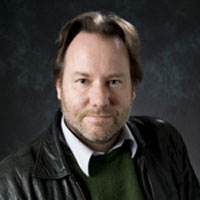
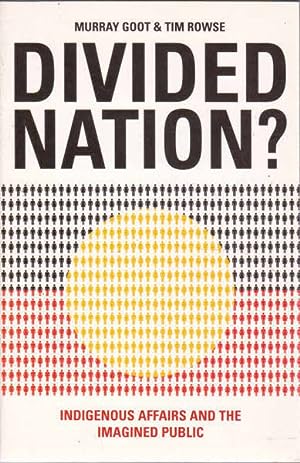


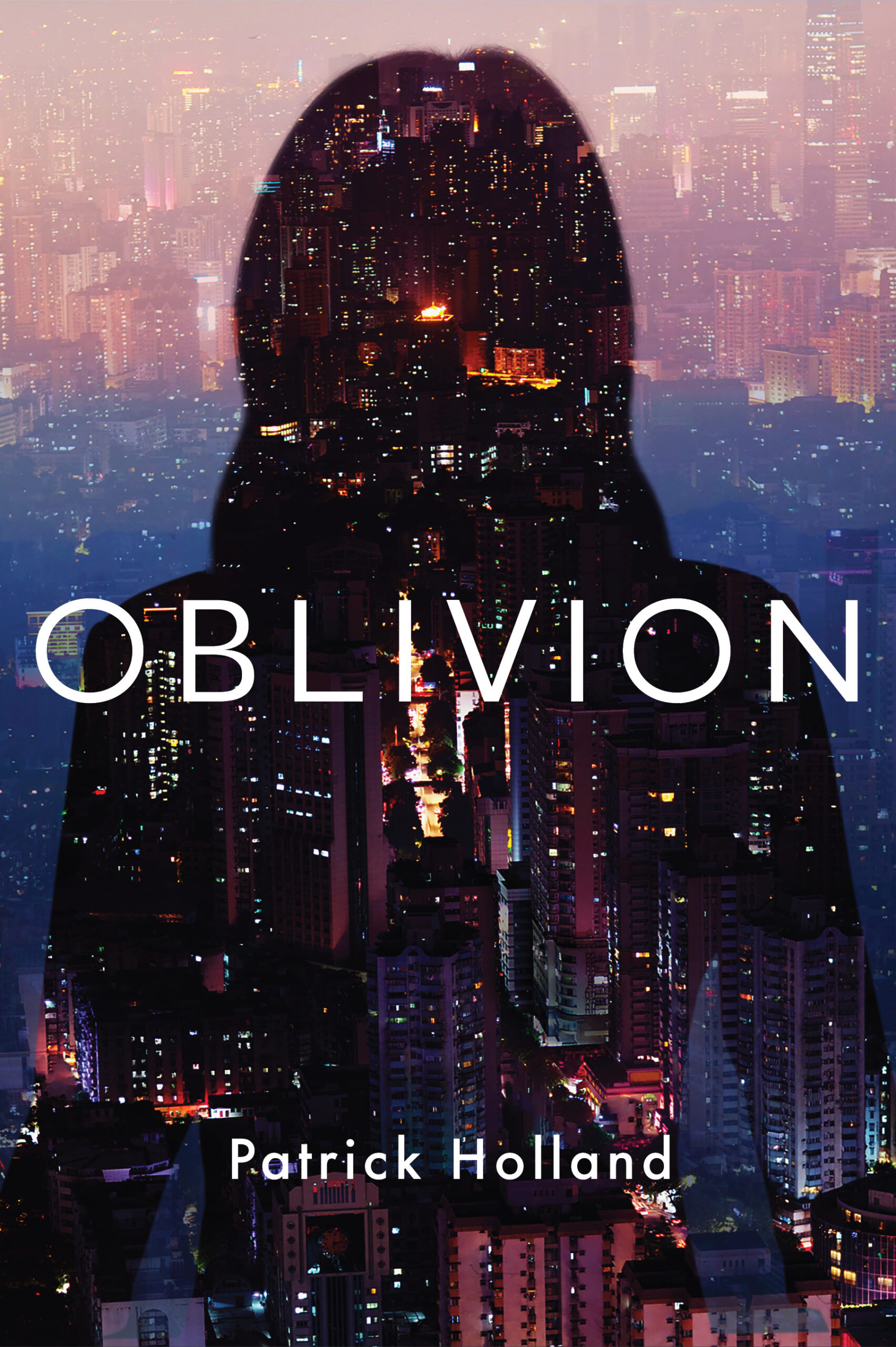
.png)
